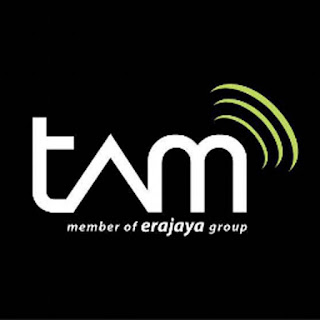SCADA Field INstrumentation
"You can't control what you don't measure" is an old adage, meaning that instrumentation is a key component of a safe and optimised control system. Traditionally, pumps and their coresponding operational values would have been manually controlled i.e an operator would start/stop pumps locally and valves would have been opened.closed by hand. Slowly over time, these instruments would have been fitted with feedback sensors, such as limit switches, providing connectivity for these wired devices into a local PLC or RTU, to relay data to the SCADA host software
PLCs and RTUs
Remote Communications Networks
SCADA Host Sofware
SCADA Security
Conclusion of SCADA
Although today's instrumentation technician rewuires more technical knowlwdge and the ability to design, install and maintain equipment, that in the past, this is mitigated by the reduced cost in automating processes and higher technical skills held by personnel. Today, most field decixes such as valves have been fitted with actuators, enabling a PLC or RTU to control the decive rather than relying on manual manupulation. This capability means the control system can react more quickly to optimese produvtion or shutdown under abnormal events.
In terms of regulatory compliance, instrumentation for the oil & gas industry has had to comply with hazardous class, division and group classifications. The requirement is that the instrument must be designed for the location or area in which it has been palced, eg. an encironment where the existence of explosive vapours during normal operating conditons, or during abnormal conditions, are known.
In many cases the instrument is also required to function in harsh environments. Many types of instrumentation are designed for extremes of hot and cold. If the instrumentation is not designed fot these temperatures, an artificial environment within a cabinet or some sort of building is rewuired. This comes at an extra cost not just in initial design but also for ongoing maintenance.
instrumentation must also comply with any EMC (electrimagnetic compatibility) standards which may be in place, to ensure that an electical device does not have any undesirable effect upon its environment or other electrical devices within its environment.
Source: Retyped From SCADA Systems White paper (Mrch 2012) by Schneider Electric Tekementry & Remote SCADA Solutions
About Slave-to- Slave Messaging SCADA
Programmable Logic Controllers (PLCs)
Terminology of PLCs
The L3GD203-Axis Gyro
PLCs and RTUs
Remote Communications Networks
SCADA Host Sofware
SCADA Security
Conclusion of SCADA
 |
| Progress of instrumentation |
In terms of regulatory compliance, instrumentation for the oil & gas industry has had to comply with hazardous class, division and group classifications. The requirement is that the instrument must be designed for the location or area in which it has been palced, eg. an encironment where the existence of explosive vapours during normal operating conditons, or during abnormal conditions, are known.
In many cases the instrument is also required to function in harsh environments. Many types of instrumentation are designed for extremes of hot and cold. If the instrumentation is not designed fot these temperatures, an artificial environment within a cabinet or some sort of building is rewuired. This comes at an extra cost not just in initial design but also for ongoing maintenance.
instrumentation must also comply with any EMC (electrimagnetic compatibility) standards which may be in place, to ensure that an electical device does not have any undesirable effect upon its environment or other electrical devices within its environment.
Source: Retyped From SCADA Systems White paper (Mrch 2012) by Schneider Electric Tekementry & Remote SCADA Solutions
About Slave-to- Slave Messaging SCADA
Programmable Logic Controllers (PLCs)
Terminology of PLCs
The L3GD203-Axis Gyro



Comments
Post a Comment